
Gita Jayanti marks the sacred day when Bhagwan Krishna revealed the Bhagavad Gita to Arjuna on the battlefield of Kurukshetra. This profound conversation, documented in the Bhishma Parva of the Mahabharata, took place on Shukla Paksha Ekadashi in the Margashirsha month, over 5000 years ago. It signaled a turning point in the battle, but more importantly, it laid the foundation for a spiritual revolution grounded in self-knowledge and conscious action.
The Gita integrates three core paths; karma (selfless action), jnana (knowledge), and bhakti (devotion). Krishna redefined dharma as a dynamic alignment with truth, rather than a fixed social role. He taught Arjuna to act without attachment, introducing the principle of nishkama karma, performing duty without craving for results.
Gita Jayanti is a day to reflect on these timeless teachings. The Gita offers clarity in the face of confusion, guidance in ethical dilemmas, and strength in personal struggle. It speaks of detachment, resilience, and surrender to the Divine as a means to overcome fear, sorrow, and bondage.
The Padma Purana’s Gita Mahatmya states that dedicated study of the Gita purifies the mind, dispels ignorance, and leads to liberation. Known as the Gitopanishad, the Gita presents the essence of Vedanta in a form that is accessible to all, regardless of caste, gender, or background.
Its universal message continues to inspire thinkers, saints, and seekers globally. Gita Jayanti is observed through full recitation of all 700 verses, spiritual discourses, yajnas, and devotional practices. It is a reminder to apply the Gita’s wisdom in daily life and transform every action into a step toward spiritual evolution.
Significance of Geeta Jayanti
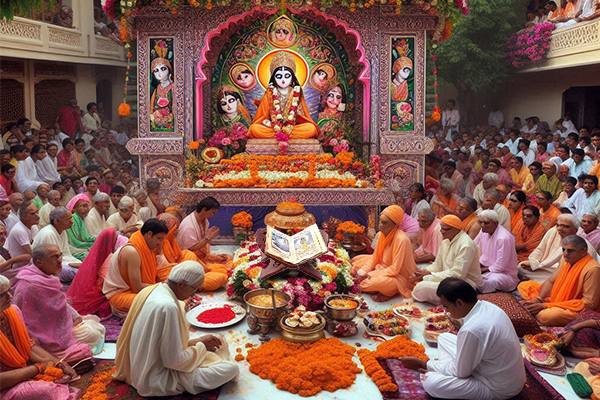
Bhagavad Geeta Jayanti, also know as Gita or Geeta Jayanti marks the occasion when Bhagwan Krishna delivered the Bhagavad Gita to Arjuna on the battlefield of Kurukshetra. This divine discourse was imparted on the eleventh day of the waxing phase of the Margashirsha month (Shukla Paksha Ekadashi), and the date usually falls in late November or December as per the Gregorian calendar.
Recognized as one of the most foundational texts of Hindu dharma, the Bhagavad Gita is a spiritual, philosophical, and ethical guide. It does not merely address the historical context of the Mahabharata war but presents enduring principles that apply to the human condition across all ages. On this day, devotees honor the revelation of this eternal wisdom that illuminates the path of righteousness, self-mastery, and liberation.
Gita Jayanti is observed through the full recitation of the 700 verses, discussions on its eighteen chapters, and spiritual gatherings in temples and ashrams. In prominent spiritual centers like Kurukshetra, grand celebrations are held including yajnas, Gita chanting, and exhibitions that emphasize its global and timeless relevance. Many also perform Gita Daan by distributing copies of the scripture to spread its teachings.
Globally, the day is celebrated by Krishna devotees and seekers who draw strength and clarity from its message. The Bhagavad Gita has influenced thinkers from various fields, including Swami Vivekananda, Mahatma Gandhi, Aurobindo, and even international figures like Aldous Huxley and Carl Jung, reflecting its universal applicability beyond religious boundaries.
The observance of Gita Jayanti is not only an act of devotion but also a reaffirmation of spiritual values, encouraging individuals to cultivate detachment, discipline, and divine surrender amidst the challenges of life.
Bhagavad Gita Jayanti in 2025
The auspicious occasion of Bhagavad Gita Jayanti is observed annually on Mokshada Ekadashi in the Margashirsha month. According to the Gregorian calendar, this day typically falls between November and December.
Devotees of Bhagwan Krishna, including members of the International Society of Krishna Consciousness (ISKCON), commemorate this day with grand celebrations and fervor.
When is Gita Jayanti Celebrated in 2025? Date, Time, and Tithi
5162nd Anniversary of the Bhagavad Gita
- Gita Jayanti: Monday, December 1, 2025
- · Mokshada Ekadashi: Monday, December 1, 2025
- · Ekadashi Tithi Begins: 9:29 PM on November 30, 2025
- · Ekadashi Tithi Ends: 7:01 PM on December 1, 2025
On this sacred day, devotees engage in various spiritual activities such as reciting the entire Bhagavad Gita, participating in discourses, performing rituals, and observing fasts to honor the divine teachings imparted by Bhagwan Krishna.
Devotees observing the fast should break it during the Parana period on Tuesday, December 2nd, 2025, after sunrise and before the end of Dwadashi Tithi.
Note: The exact Parana time may vary based on local sunrise timings; therefore, it is advisable to consult a local panchang or calendar for precise details.
Why do we celebrate Gita Jayanti?
Gita Jayanti marks the divine occasion when Bhagwan Krishna revealed the essence of Vedic wisdom to Arjuna during the Kurukshetra war. This sacred dialogue took place on Margashirsha Shukla Ekadashi, later recorded as the Bhagavad Gita, a scripture that encapsulates the highest ideals of dharma, self-realization, and spiritual detachment. Known as the Song of God, the Gita presents a universal blueprint for righteous living, action without attachment, and the eternal nature of the soul.
The Gita’s teachings transcend religious boundaries, offering practical guidance for navigating moral dilemmas, maintaining inner equilibrium, and aligning with a higher purpose. It addresses the tension between duty and emotion, self-interest and selflessness, and offers clarity on the nature of life, death, karma, and liberation. Its core message centers on Nishkama Karma, the discipline of action performed without desire for results, and Jnana, knowledge that leads to liberation from ignorance.
On Gita Jayanti, devotees reflect on these timeless principles through the collective recitation of all 700 verses of the Gita, discussions on its eighteen chapters, and meditative practices. The day is observed with spiritual fervor in
temples, homes, and community gatherings across the world. In institutions like ISKCON and traditional mathas, elaborate programs include Kirtans, Gita chanting marathons, yajnas, and discourses by scholars and acharyas.
The observance of Gita Jayanti reinforces the eternal relevance of Sanatana Dharma, encouraging individuals to embrace ethical conduct, inner discipline, and surrender to divine will. It is a reminder that true liberation arises not through renunciation of the world, but through wise and selfless engagement within it. This day inspires seekers to internalize the Gita's teachings and live with courage, compassion, and clarity, amidst the ever-changing conditions of material existence.
Lessons of the Bhagavad Geeta
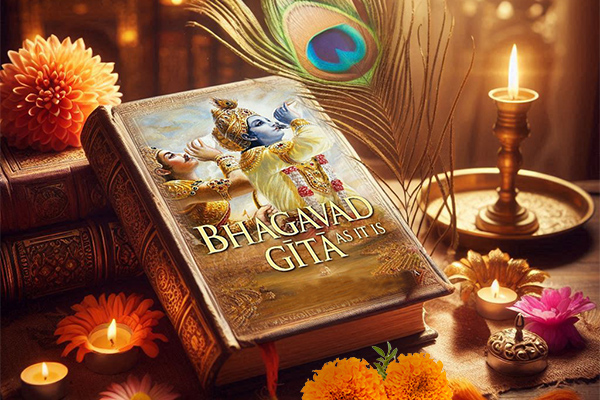
The Bhagavad Gita offers profound lessons that remain universally relevant, guiding individuals through the complexities of life. Its teachings are not limited to spiritual aspirants alone but offer practical wisdom that can be integrated into everyday living. Among its many insights, three core principles stand out:
Dharma (Sacred Duty)
The Gita emphasizes that every individual is born with a unique dharma, a sacred responsibility aligned with their nature and position in life. For Arjuna, it was the duty of a warrior on the battlefield of Kurukshetra. For others, it may manifest as the duty of a responsible parent, an honest teacher, a devoted child, or a compassionate friend. Dharma is not merely a set of social roles, it is the underlying order that sustains the universe, society, and the self. When we approach our daily responsibilities as sacred obligations rather than burdens, we cultivate purpose, discipline, and alignment with the divine order.
Karma Yoga (Disciplined and Detached Action)
At the heart of Krishna's message to Arjuna is the principle of action without attachment to results. In moments of crisis, like Arjuna’s hesitation on the battlefield, fear and doubt often paralyze us. Krishna instructs Arjuna to rise and act, reminding us that progress comes only through action. This disciplined engagement, even amidst uncertainty, is the path to personal and spiritual evolution. The Gita teaches that one must not abandon action but purify it by detaching from personal gain, thereby transforming ordinary duties into offerings of devotion.
Atma Jnana (Self-Knowledge and Inner Mastery)
Krishna repeatedly urges Arjuna to know his true self, the eternal Atman beyond the body and mind. Without self-knowledge, one becomes lost in the transient world, driven by desires, fears, and false identities. Real strength and clarity arise from understanding one’s inner nature, which is unchanging, blissful, and divine. The Gita reminds us that external success or failure is temporary, but self-realization brings enduring peace. The path to freedom lies in lifting the veil of ignorance through introspection, detachment, and inner discipline.
These timeless teachings urge us to live with purpose, to act with integrity, and to seek clarity within. By embracing the Gita’s wisdom, we can face life’s challenges with courage, perform our duties with devotion, and grow steadily on the path of spiritual awakening.
How to Celebrate Gita Jayanti: What to Do on This Sacred Day
Gita Jayanti is observed on Shukla Ekadashi of the Margashirsha month, coinciding with Mokshada Ekadashi. This day is ideal for introspection, devotion, and immersion in spiritual practice. Celebrating Gita Jayanti at home or in a temple can bring inner clarity, peace, and divine connection.
1. Early Morning Rituals
- Wake up before sunrise, bathe, and wear clean or traditional clothes.
- Clean your puja space and sanctify it with Ganga jal, sandalwood paste, flowers, and incense.
2. Puja Vidhi at Home
You can perform a simple yet meaningful Gita Jayanti puja at home:
Items Required:
Picture or idol of Bhagwan Krishna, incense, diya (lamp), flowers, tulsi leaves, fruits, sweet offerings, Gita scripture (or a printed version).
Step by Step Puja:
- Dhyana (Meditation) – Sit peacefully and invoke Bhagwan Krishna through silent prayer or chanting.
- Avahana (Invocation) – Light the diya and incense, and offer flowers at the feet of Krishna’s image while reciting simple mantras like 'Om Namo Bhagavate Vasudevaya'.
- Puja Offerings – Offer tulsi leaves, sandal paste, fruits, and sweets.
- Gita Path (Recitation) – Read the Bhagavad Gita or at least key chapters like Chapter 2 (Sankhya Yoga), Chapter 12 (Bhakti Yoga), or Chapter 18 (Moksha Sannyasa Yoga). Chant the Gita Dhyanam and the 18 Gita Mahatmya verses if time permits.
- Aarti – Perform Krishna Aarti and offer your prayers for clarity, peace, and wisdom.
3. Fasting and Ekadashi Observance
- Follow the Mokshada Ekadashi vrata, which involves fasting (either nirjala, phalahar, or satvik food only).
- Spend the day in spiritual activities and avoid grains, onion, garlic, and tamasic food.
4. Chanting and Japa
- Chant the Hare Krishna Mahamantra or 'Om Namo Bhagavate Vasudevaya' repeatedly.
- Perform 108 japa mala repetitions for spiritual merit and inner purification.
5. Listening to or Attending Discourses
- Listen to online or temple-based Gita pravachans (discourses) by spiritual teachers or acharyas.
- Participate in group chanting, satsang, or virtual events organized by ISKCON and other Krishna bhakti institutions.
6. Charity and Seva
- Offer annadan (food donation), Gita books, or clothes to those in need.
- Sponsor Gita distribution drives or donate to a temple, cow shelter, or dharmic cause.
7. Gita Parayana (Full Reading)
- If possible, perform Sampoorna Gita Path (complete reading of all 700 verses), individually or in a group.
- Even reading a few shlokas with understanding and devotion is meritorious.
8. Resolve to Apply the Gita in Life
- Reflect on how the Gita’s teachings can guide your actions, relationships, and inner growth.
- Take a vow to practice one principle regularly, such as selfless action (karma yoga), inner detachment, or daily spiritual study.
Gita Jayanti is not merely a day of ritual observance but a call to reawaken the eternal wisdom within. Celebrating it with devotion, study, and reflection can lead to deeper spiritual transformation and harmony in life.
Since it is Mokshada Ekadashi on the same day one can follow the rituals of this Ekadashi and observe a fast. Read More: Mokshada Ekadashi
Interesting Facts About Bhagavad Gita Jayanti
The teachings of the Bhagavad Gita were imparted on the first day of the 18-day Kurukshetra war, addressing Arjuna's moral crisis and laying the foundation for spiritual duty, self-realization, and divine consciousness.
The text is narrated in the Mahabharata by Sanjaya to the blind king Dhritarashtra. Sanjaya had received divine vision from his Guru Vyasadev, enabling him to witness and recount the dialogue between Krishna and Arjuna in real time.
The Gita is structured to stimulate reflection and clarity. It does not impose belief but encourages individuals to think critically, embrace responsibility, and act without attachment.
Gita Jayanti is often observed by reciting all 700 verses of the Gita. In temples and homes, devotees gather to read, reflect, and chant together. Since the day coincides with Mokshada Ekadashi, many observe a fast, following traditional Ekadashi vrata.
In several parts of India, particularly in ISKCON centers and cultural organizations, children participate in Gita recitation contests, plays, and educational programs to cultivate a connection with the scripture from a young age.
Spiritual leaders, monks, and scholars organize lectures and interactive forums to discuss the relevance of Gita’s wisdom in everyday life, making this day not just a commemoration but a living tradition of knowledge.
Shrimad Bhagwat Geeta Katha & Paath
Shrimad Bhagwat Geeta Katha and Paath is a sacred ritual offered by Rudraksha Ratna, wherein experienced Vedic priests recite and explain the profound teachings of the Bhagavad Gita. This spiritual service aims to guide individuals towards righteous living, inner peace, and spiritual enlightenment.
Benefits of Participating:
- Spiritual Upliftment: Enhances one's spiritual journey by deepening understanding of dharma and karma.
- Divine Blessings: Invokes the grace of Lord Krishna, promoting devotion and inner harmony.
- Mental Clarity: Helps in overcoming doubts and fears, fostering courage and determination.
- Purification: Cleanses the mind and heart, leading to a peaceful and focused life.
- Liberation: Assists in progressing towards moksha by aligning actions with spiritual principles.
Ritual Inclusions:
- Comprehensive Puja: Involves Kalash Sthapana, Panchang Sthapana, Ganesh Pujan, Navgraha Pujan, and more.
- Recitations: Complete chanting of the Bhagavad Gita, Vishnu Sahasranama, and 5,100 Vishnu mantra japas.
- Homa and Aarti: Fire rituals and devotional singing to sanctify the environment.
- Charity: Donations to Brahmins, feeding animals, and distributing sacred texts.
- Prasad Delivery: Energized items like Krishna Yantra, 7 Mukhi Rudraksha, and sacred threads are sent to participants.
Engaging in this ritual not only honors the timeless wisdom of the Bhagavad Gita but also brings transformative benefits to one's life.
Bhagavad Gita As It Is
This is the classic edition of the Bhagavad Gita compiled by A.C. Bhaktivedanta Swami Prabhupada, founder of ISKCON. It presents the 700 verses of the Gita in their original form, offering spiritual wisdom and guidance for everyday life.


-in-Astrology.jpg)
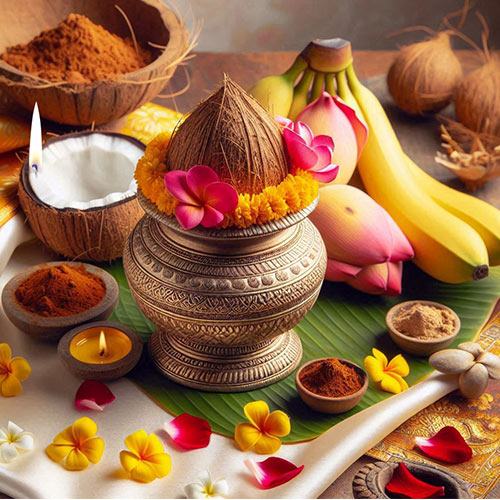

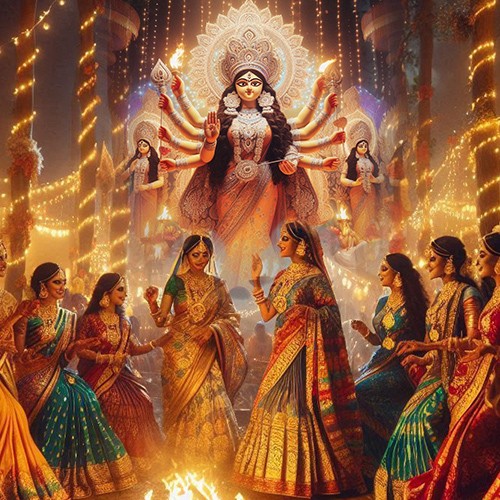
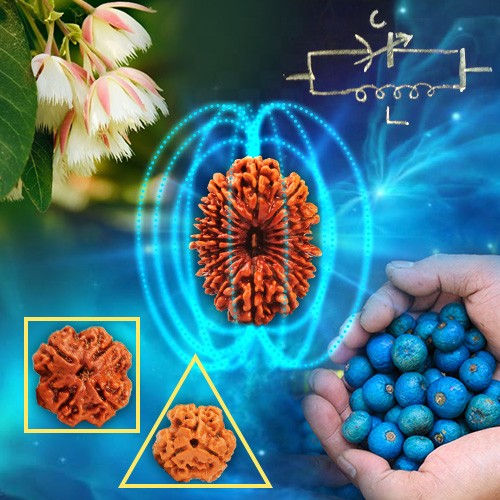

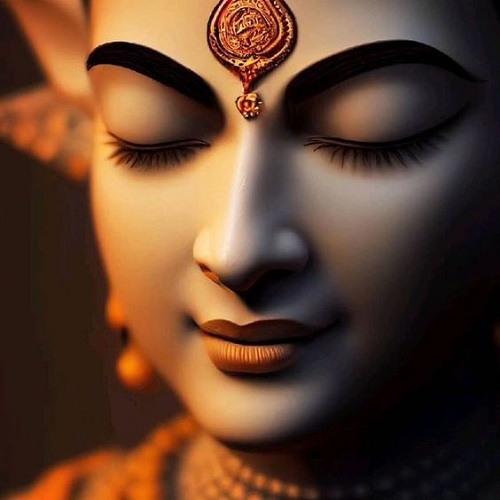
.jpg)
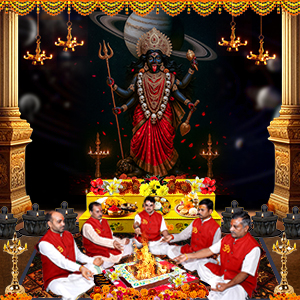
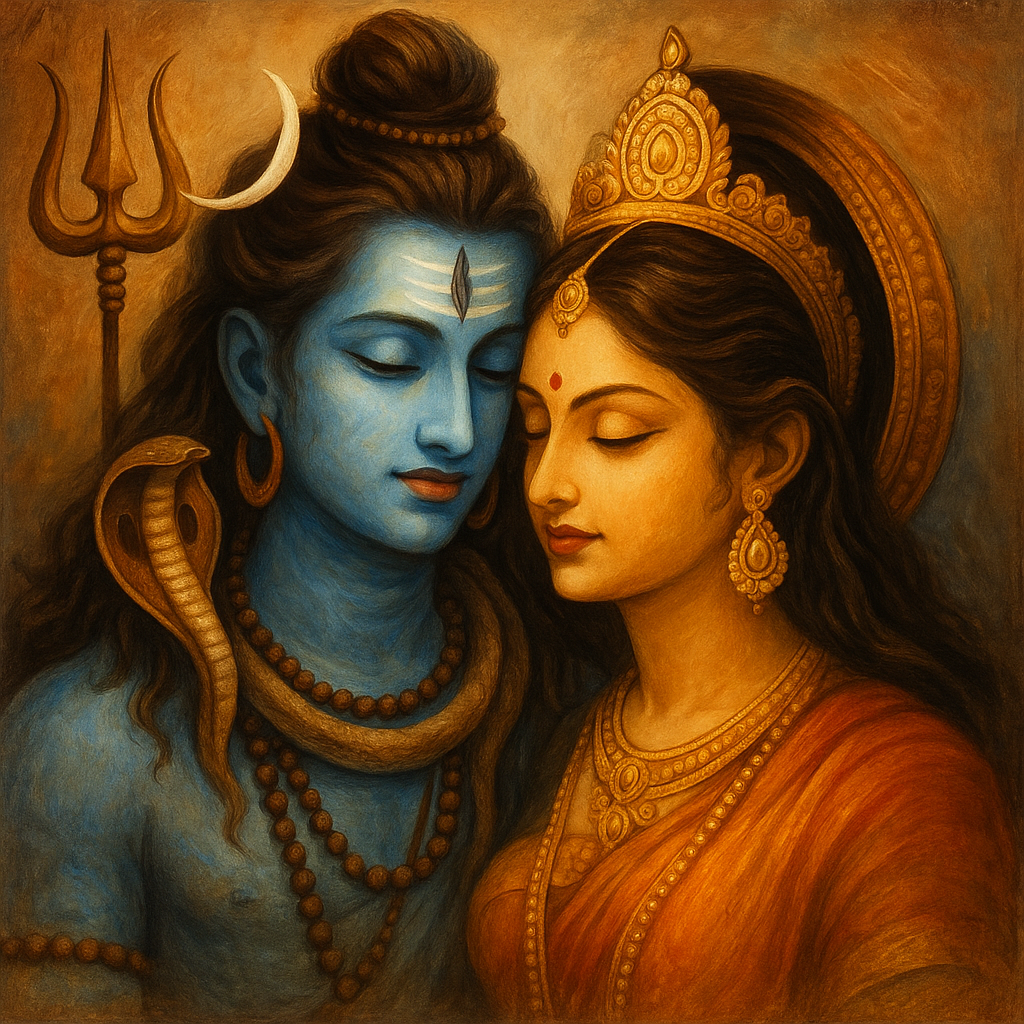
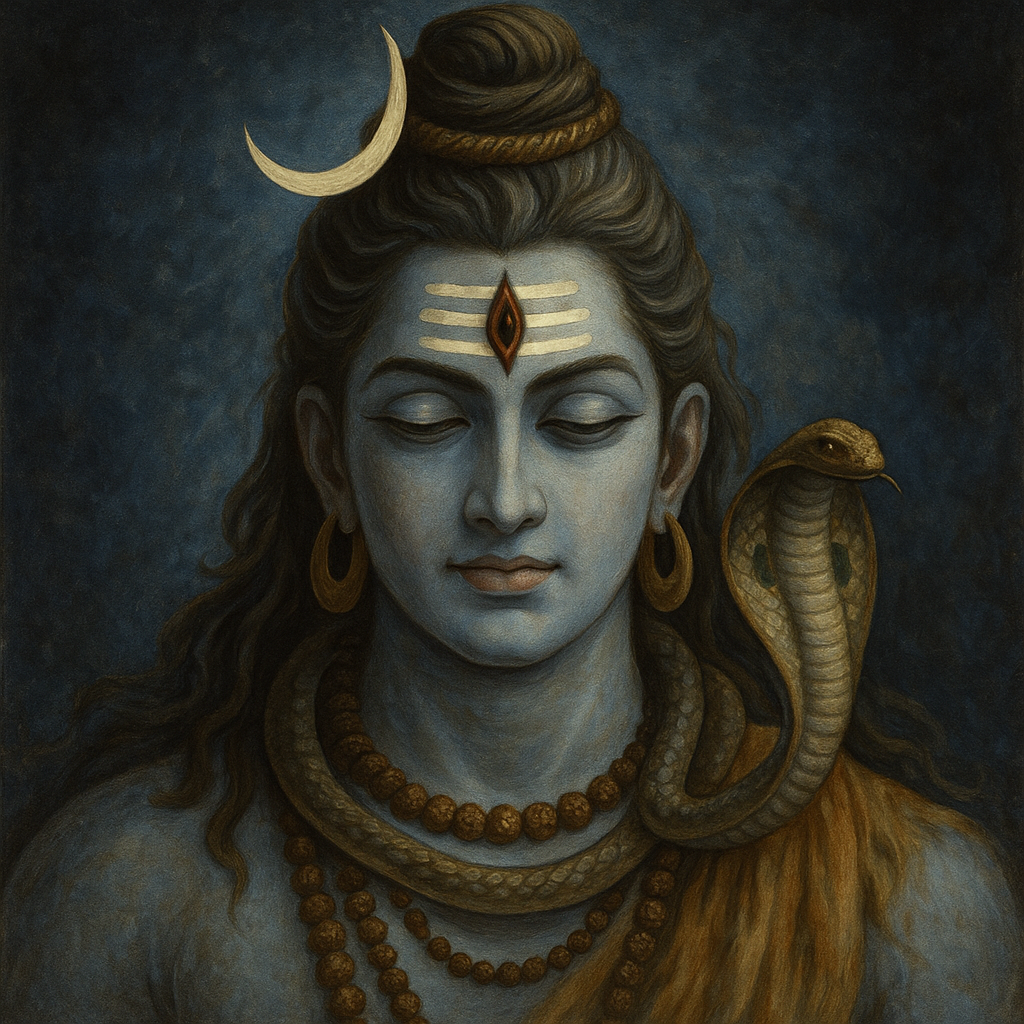
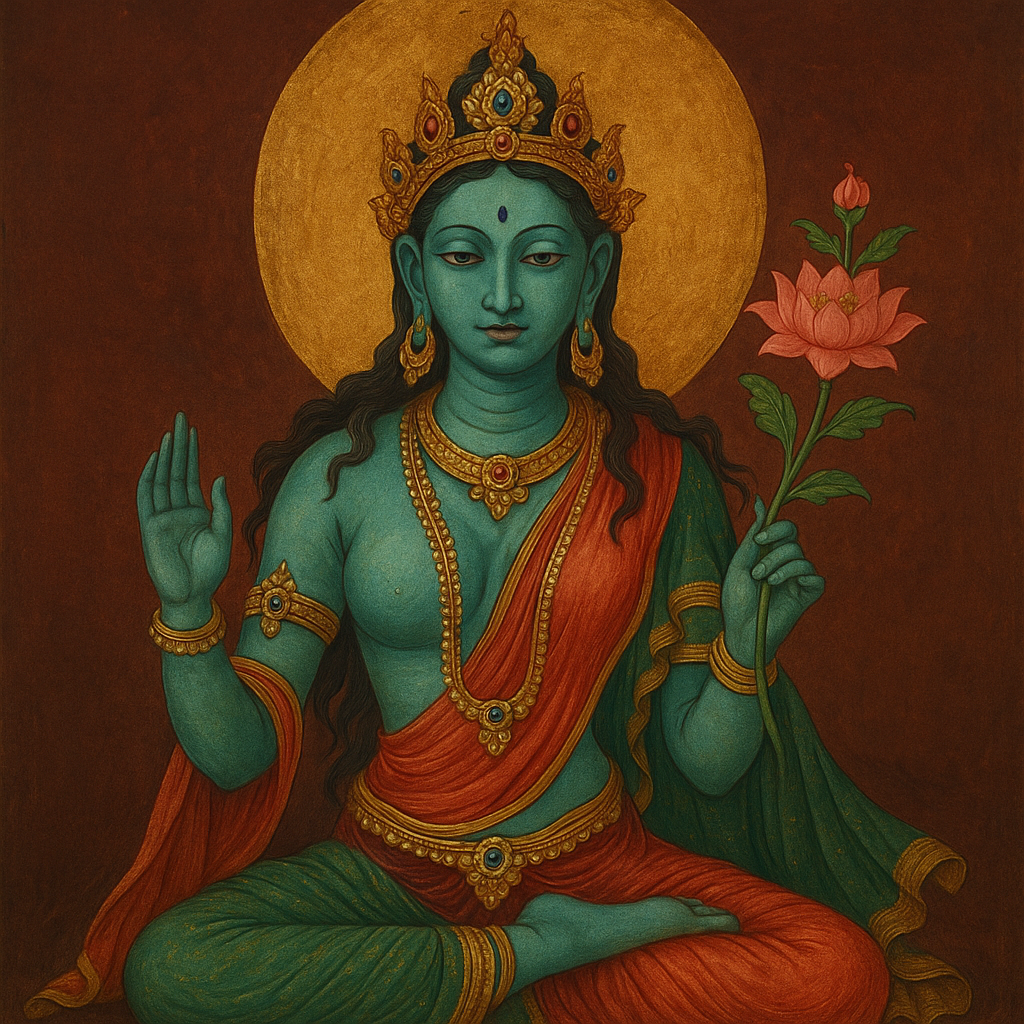
Anuj soni
|November 29, 2024
Hy
Abhisek Gupta
|December 18, 2023
Sir I joi tha most probably sammelan in Kolkata Gita path